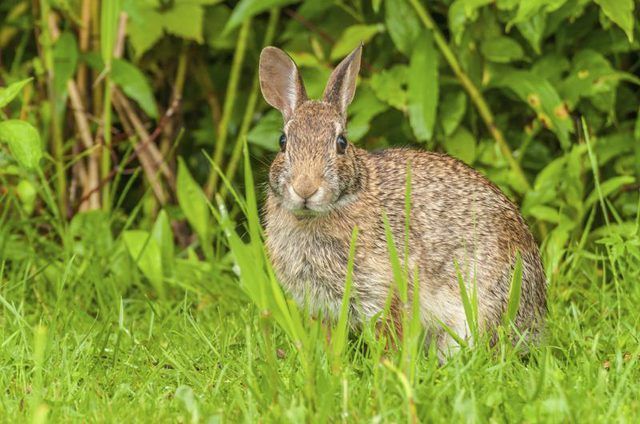Bulbs
Flower Basics
Flower Beds & Specialty Gardens
Flower Garden
Garden Furniture
Garden Gnomes
Garden Seeds
Garden Sheds
Garden Statues
Garden Tools & Supplies
Gardening Basics
Green & Organic
Groundcovers & Vines
Growing Annuals
Growing Basil
Growing Beans
Growing Berries
Growing Blueberries
Growing Cactus
Growing Corn
Growing Cotton
Growing Edibles
Growing Flowers
Growing Garlic
Growing Grapes
Growing Grass
Growing Herbs
Growing Jasmine
Growing Mint
Growing Mushrooms
Orchids
Growing Peanuts
Growing Perennials
Growing Plants
Growing Rosemary
Growing Roses
Growing Strawberries
Growing Sunflowers
Growing Thyme
Growing Tomatoes
Growing Tulips
Growing Vegetables
Herb Basics
Herb Garden
Indoor Growing
Landscaping Basics
Landscaping Patios
Landscaping Plants
Landscaping Shrubs
Landscaping Trees
Landscaping Walks & Pathways
Lawn Basics
Lawn Maintenance
Lawn Mowers
Lawn Ornaments
Lawn Planting
Lawn Tools
Outdoor Growing
Overall Landscape Planning
Pests, Weeds & Problems
Plant Basics
Rock Garden
Rose Garden
Shrubs
Soil
Specialty Gardens
Trees
Vegetable Garden
Yard Maintenance
How to Make an Easy Rabbit Fence
How to Make an Easy Rabbit Fence . Rabbits can easily destroy a vegetable garden or flower bed. Putting in a rabbit fence is the only effective way of protecting your plants against rabbits. Other methods, such as rabbit repellants or scare devices, can work temporarily but not reliably in the long term. Cottontail rabbits are most widespread,...

Rabbits can easily destroy a vegetable garden or flower bed. Putting in a rabbit fence is the only effective way of protecting your plants against rabbits. Other methods, such as rabbit repellants or scare devices, can work temporarily but not reliably in the long term. Cottontail rabbits are most widespread, while larger jackrabbits live in the western U.S. Small brush rabbits live in Pacific coastal states. Because rabbits can't climb and they don't leap high, rabbit fences don't have to be tall.
Getting Started
First, make sure that rabbits are the only animals you need to exclude. Many kinds of animals work at night, so it's sometimes hard to identify culprits. A rabbit fence won't keep out raccoons or deer, so use clues, such as footprints or droppings, for identification. Then, determine what area you want to fence against rabbits. Using 6-inch-long wooden stakes, put a stake in each corner of the area and stretch string between them. Then dig a 6- to 8-inch wide and 6-inch deep trench under the string with a garden spade.
Putting in Posts
If cottontails or brush rabbits are the only rabbits you need to keep out, choose wooden 2-inch posts that are about 3 1/2 feet long. To keep out jackrabbits, you'll need 4 1/2-foot-long posts. Using a mallet, drive a stake in the ground in each corner, putting it about 8 inches into the ground past the depth of the trench. If the sides of the fenced area are long, add posts about every 4 feet, evenly spaced between the corner posts.
Installing Fencing
Rabbits can chew through plastic and wooden fencing materials, so you'll need 48-inch-wide wire fencing such as 1-inch mesh poultry netting. Any fencing should extend 2 feet above ground for cottontails and brush rabbits and 3 feet above ground for jackrabbits. Wear gloves to protect your hands while working with wire mesh. Unroll the fencing and stretch it tightly against the posts. To keep rabbits from digging under the fence, bend the bottom 6 to 10 inches of wire against the bottom of the trench to form a J or L shape with the edge pointing outward to keep rabbits out.
Making a Gate
For 2-foot-tall fences, simply step over the fence, taking care not to trip. To bring in tools or wheelbarrows or for the jackrabbit fence, create a 4-foot-wide gate in the last section of poultry netting installed. After pulling the last length of netting to meet the final corner post, cut the wire where it meets the post. With the last portion flattened against the ground, place the cut wire edge between two 2-foot-long wooden one-by-two furring strips and nail them together. This forms the gate's edge. Then, measure back 4 feet from the furring strips along the bottom edge of the wire and make an 8-inch-long cut in the bottom edge. So this flap isn't buried, roll it so it's at ground level. Fasten the gate edge to the corner post with two bungee cords at the top and bottom.
Finishing Up
Finally, fill the trenches and fasten the wire to the posts. Lengths of baling wire or plastic cable ties work well for fastening the poultry wire at 1 inch above the soil, again at about the poultry netting's midpoint, and about 4 inches from the top. Check the fencing regularly to make sure it hasn't been damaged.